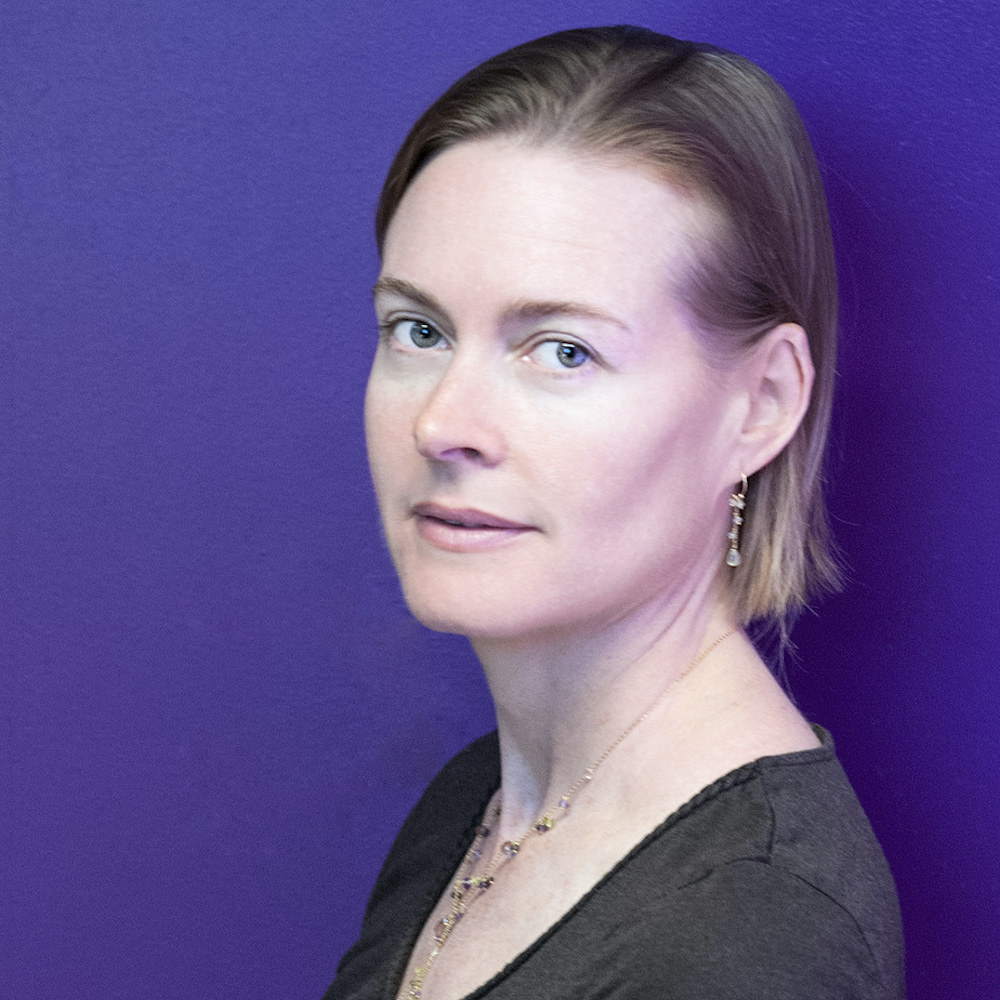I began going to see foreign films in 1986, the year I got my driver’s license. My friends and I would meet in the subterranean parking garage of a deserted business complex in downtown Houston every Saturday evening for an 8:30 show in an underground theater, occasionally smuggling a bottle of wine or beer—it wasn’t allowed in the theater and we weren’t old enough to consume it anyway. That parking garage theater is where I saw Jean de Florette (Gerard Depardieu, pre-belly!); Manon des Sources (Emmanuelle Béart, pre-collagen!); The Unbearable Lightness of Being (Daniel Day-Lewis, with hair!); The Adventures of Baron Munchausen; A Room With a View; The Cook the Thief His Wife & Her Lover; Gothic, . . . we saw so many memorable films it’s hard to single any one out.
But if I had to choose a favorite foreign film, only one, it would be the first part of Krzysztof Kieslowski’s “Three Colors” trilogy ( Blue, White, and Red, representing Liberty, Equality, and Fraternity, the trilogy was intended as an examination of France at the turn of the millennium). I saw it at the Lincoln Plaza Cinemas on 63rd and Broadway, in New York City, in the basement of the building where I lived back in 1993. I was working 90 hour weeks for a bank in those days, and I didn’t spend much time in that apartment. But on the freak occasions I arrived home by 9 p.m., I would buy a ticket for a late show and escape from the mundaneness of corporate life into another world entirely.
Watching the opening sequence of Blue was a seminal moment for me. Juliette Binoche sits in a car with her husband and her daughter, driving through the picturesque French countryside, as the steering fluid (or maybe it was brake fluid) drips, drips, drips away. They round a bend and there is a totemic, solitary tree up ahead; her husband’s music (he’s a classical composer) is playing in the tape deck. The next scene is chaos: sirens, flashing lights, emergency room panic. The medical team manages to save Julie (Binoche’s character) but they lose her husband and child.
When she recovers consciousness—broken bones, bandaged wounds—and learns that her husband and daughter are dead, she immediately takes an overdose of painkillers. But the doctors save her again, and she begins the slow, hard work of living. For much of the film she does not speak; she moves to Paris and eventually rediscovers the small pleasures in life by swimming—lots and lots of swimming, which is initially prescribed as physical therapy, but which she continues for the peace of being under water, in the deep blue, listening to her husband’s symphonies in her head.
I loved Blue so much that when my boyfriend and his mother came to visit the following month, I told them I’d go see it again with them. When we left the theater an hour and a half later my future mother-in-law looked at me like I had a loose screw and said, “That was awful!” “Yeah,” her son, my boyfriend, said as he shook his head, “that was really bad.” According to IMDB the film gets 8 out of 10 stars and grossed a little over a million dollars in its US release, so it can’t have been all that bad. But having to defend it did ruin a little of the magic for me.
I think what I loved most about the film was the portrayal of Julie’s liberty. After the death of her child and her husband, her life is a blank slate. In the years since I first saw the film, I have often envied that liberty; in my worst moments as a wife and a mother the idea of a tabula rasa, of starting over from the beginning, holds ineluctable appeal. And the very idea that it is possible to start over after losing one’s family seems somewhat miraculous in itself.
Over dinner in Paris with old friends last month, we decided to complete the Proust Questionnaire. Of the four of us, three put down death of a child as our greatest fear. It is difficult to imagine the void, the monotony of slogging through day after meaningless day (a bit like Eric Satie’s Gymnopedie No. 3—which wasn’t on the movie’s soundtrack, but perhaps should have been). The reason Blue made such an impression on me was that Kieslowski didn’t exploit the tragedy of bereavement. The movie was about survival, and recovery, and though to some extent Blue romanticized all of this no doubt, it was a beautiful thing to see.











